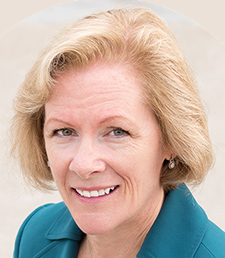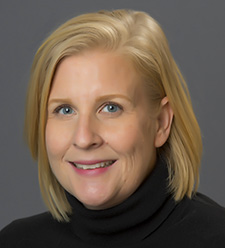While there are many issues on the table for Minnesota’s newly elected leaders, there is one crisis that the State of Minnesota holds a unique power to address. Every day, Minnesota seniors and their families are waiting for the long-term care services they need because there aren’t enough caregivers.
Legislative leaders must understand that this crisis affects the most vulnerable people in Minnesota. Most seniors who require skilled nursing care are physically or cognitively limited.

Patti Cullen
Right now, there are more than 20,000 vacant caregiver positions statewide, which represents about 20% of the caregiving workforce. As a result, many senior care providers are forced to deny seniors admittance because they don’t have enough staff to care for them. A new survey of 425 nursing homes and assisted living communities conducted by the Long-Term Care Imperative found that there were more than 11,000 denied admissions in October of this year.
The impact on seniors and their families is unacceptable. They must find care hours away from their families, stay in a hospital longer than needed while waiting for an opening, or face declining health due to lack of services.
The average wage for a caregiver remains close to $17 per hour, which is not competitive in today’s labor market and is insufficient for caregivers to support themselves and their families. As a result, many caregivers leave the profession in search of higher-paying positions.
Our dedicated caregivers deserve higher wages for the extremely demanding work they do. But long-term care providers cannot address this crisis alone. It is important for Gov. Tim Walz and lawmakers to recognize their role and responsibility to adequately fund senior care.
Unlike other sectors, senior care providers simply can’t raise rates to increase wages for caregivers. Minnesota lawmakers ultimately set the rates that nursing homes can charge every resident. Without reimbursement rates that reflect the rising costs of care, providers cannot pay caregivers the wages they deserve – or hire new ones to meet the demand.

Kari Thurlow
Senior care providers are doing all they can with the tools they have to recruit and retain staff. Hundreds of senior care providers raised wages by 10% or more over the last year. But they are often making these investments in wages using the last of their budget reserves with the hope that lawmakers will finally take action to address these needs.
There is a clear solution to this crisis. If legislators fix the broken reimbursement system and invest funding into senior care, providers will be able to pay caregivers a family-sustaining wage. Caregiving can become a career, not just another low-paying job. In 2022, legislators were inches away from passing critical funding to help address caregiver wages.
Now, Gov. Walz and the newly elected legislative leaders of our state have a choice: They can boldly prioritize elderly Minnesotans by providing adequate funding for their care, or they can maintain the status quo that is leaving seniors and their caregivers to suffer.
Their decision will send a message to Minnesotans about how seriously our elected officials take the severity of this crisis. With a united government, Gov. Walz and his party have an opportunity to make good on the governor’s vision for “One Minnesota.” Does One Minnesota include the 1 in 4 Minnesotans who will be 65 or older by 2030, and the thousands of caregivers struggling to care for them?
Now is the time for the governor and lawmakers to step up and ensure that this crisis does not go unaddressed. Caring for our seniors is more than a top budget priority − it’s a Minnesota value.
Patti Cullen is the CEO of Care Providers of Minnesota. Kari Thurlow is the CEO of LeadingAge Minnesota. Together, Care Providers of Minnesota and LeadingAge Minnesota make up the Long-Term Care Imperative.
